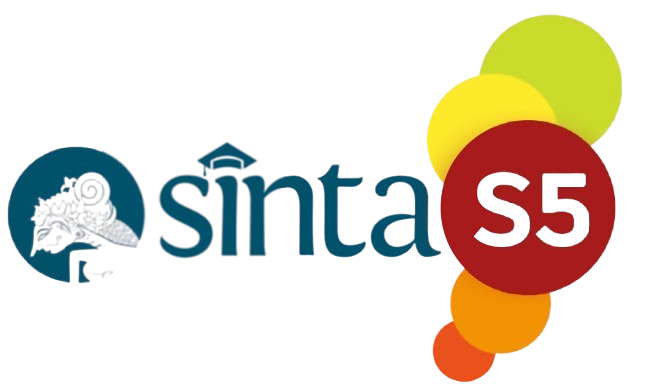Expression Of The Movement Of A Fish Made With Plastic Waste In The Creation Of A Statue
DOI:
https://doi.org/10.59997/citakara.v2i2.1836Keywords:
statue, expression, fish, garbage, plasticAbstract
Research on the creation of this work of art with this paper is intended to turn plastic waste, which is currently a serious problem, increasingly polluting the environment of rivers and waterways. This environmental problem prompted the author to process plastic waste into sculptures. This work raises the theme of waste to increase public awareness so as not to litter, especially in the river environment which not only disturbs the habitat of aquatic creatures but also the environment that is essential for all creatures including humans. The river environment in the writer's area has begun to be filled with plastic waste which makes the water polluted and cannot be utilized optimally. The making of this sculpture is based on the theories of sculpture including art theory, aesthetic theory, and semiotic theory. This creation uses a method of creating, knowledge transfer, technology, skills that are adapted to the needs of the author in processing plastic waste to be made into environmentally friendly sculptures and expressing fish movements.
References
Andrian, Wisudawan. 2014. “Optimalisasi Pengelolaan Sampah Kawasan Pemukiman Kecamatan Pandeglang”. Tersedia pada https://123dok.com/document/qvvo2vdq-optimalisasi-pengelolaan-permukiman-pandeglang-pandeglang-diponegoro-university-institutional.html diakses tanggal 12 Oktober 2021.
Berger, Arthur Asa. Pengantar Semiotika. Tanda-tanda dalam kebudayaan kontemporer. Yogyakarta: Tiara Wacana,2010.
Djelantik, A.A.M..Estetika, Sebuah Pengantar. Yogyakarta : Media Abadi, 1999.
FAO Species Catalogue Volume 7, Peter James Pailmer Whitehead, 1988
Freedman, Jeremy. 2016.”Turning rubbish into money – environmental innovation leads the way”. Tersedia pada https://globalnomadic.com/turning-rubbish-into-money-environmental-innovation-leads-the-way diakses tanggal 12 Oktober 2021.
Hester, Ronald E dan, R. M. Harrison. (2011). “Marine Pollution and Human Health”. Royal Society of Chemistry, Volume 33 (Hlm.69-89).
Iskandar, Agus. 2006. Daur Ulang Sampah. Jakarta : Azka Mulia Media.
Kartika, Dharsono Sony. Pengantar Estetika. Bandung,2004
KEMDIKBUD. 2021. “Magang”. Tersedia pada https://kampusmerdeka.kemendikbud.go.id/program/magang/detail diakses tanggal 12 Oktober 2021.
Muditha,Nyoman, 60, wiraswasta, Desa Beraban, Kediri, Tabanan, 10 Oktober 2021
Pranoto, Widyawati. 2020. “Laporan Akhir – Kajian Timbulan Sampah Harian Kulon Progo”. Tersedia pada https://docplayer.info/165816434-2-1-pendekatan-laporan-akhir-kajian-timbulan-sampah-harian-non-permukiman-kulon-progo-2-1.html diakses tanggal 12 Oktober 2021.
Romimohtarto, K. dan S. Juwana. 1999. Biota Laut: Ilmu Pengetahuan Tentang Laut. Puslitbang Oseanologi - LIPI. Jakarta: 116 hal
Soedarso,Sp.Seni Patung Indonesia. Yogyakarta: Badan Penarbit ISI Yogyakarta, 1992.
The Economist. 2018. "The known unknowns of plastic pollution". Tersedia pada https://www.economist.com/international/2018/03/03/the-known-unknowns-of-plastic-pollution diakses tanggal 12 Oktober 2021.










